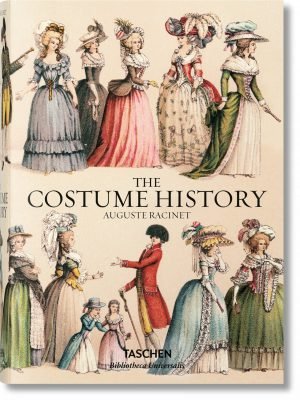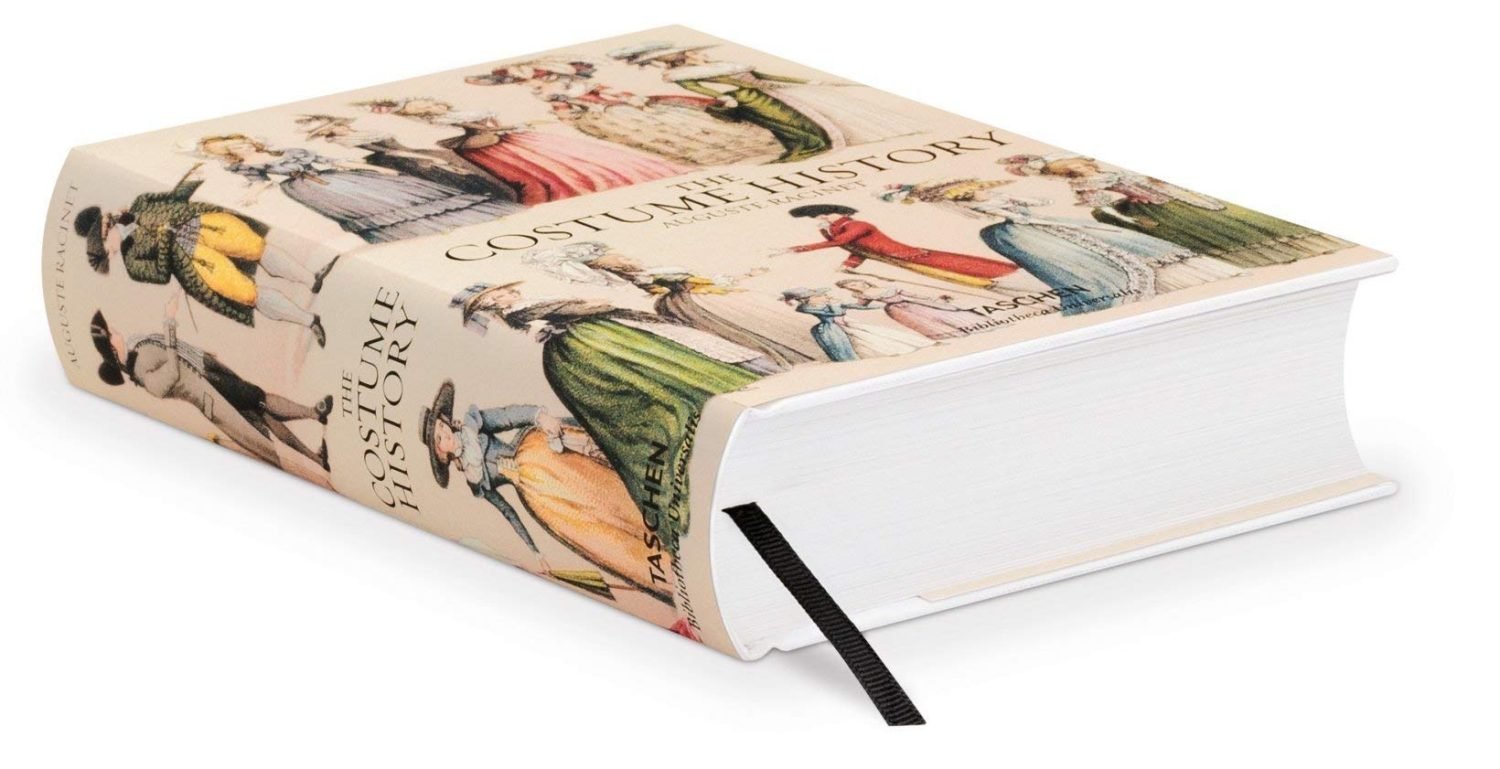Christine de Pizan presenting her manuscript against the Roman de la Rose to Queen Isabeau of Bavaria, France c. 1410 – c. 1414.
Tag: Gothic costumes
Medieval gothic era. The clothes in the Middle Ages reflected the place of the person dressed in the medieval estate system of Christian Europe again. The color choice was a distinguishing factor between the estates. In the Gothic clothing became increasingly elaborate. The fashions of the early, high and late Gothic differ very much from each other. At the beginning of the early Gothic in the 13th century, the male fashion of female approaches sharply. Both sexes have long outerwear in the form of a so-called Cotte. It predominates initially seem a little form-fitting fashion, showing essentially towering, slim body – a common ground with the gothic architecture.
Fashion under the Reigns of Charles VIII 1483 to 1498. Louis XII 1498 to 1515.
Duchesses and bourgeoises under Louis XI. – “La grand gorre,“ or sumptuosity – The “troussoire” – Allegorical and moral costumes – Trains – Head-dresses —”Collets rebrassés ” – Wigs and false hair — Some results of the war in Italy – Italian fashions — “Sollerets” and slippers – Gorgets – Garters – Jean Marot writes against novelties – Anne of Brittany – Pins – Menot “the golden-tongued” – A Parisian in the time of Louis XII. – Coat à I’ltalienne – Manufacture of stuffs.
Jeanne, Comtesse de Toulouse 1220-1271.
Joan of Toulouse was the only daughter of Count Raimund VII of Toulouse and his wife Sancha of Aragon the last Countess of Toulouse and Margravine of Provence.
Colifichets. Les modes du Moyen Age. Costume féminin français.
Colifichets. Escarcelle gibecière, Bagues d’Isabelle de Montaigne, Épouse, Collier à festons d’or, Armoiries des Peigniers-Tablettiers. L’histoire du costume féminin français. Les modes du Moyen Age, de l’an 1037 à l’an 1461.
Chaussures. Les modes du Moyen Age. costume féminin français.
Chaussures. Chaussure a la poulaine, Poulaine à pointe, Soulier du frère, Ordre de la Jarretière, Jupe drapée. Les modes du Moyen Age, de l’an 1037 à l’an 1461.
Étoffes, Sacs. Les modes du Moyen Age. Costume féminin français.
Escarcelle Charles VII, Aumônière brodée, Bannière des Marchands de Draps, Cramoisi, dessins rouge clair et argent, Fond or clair, motifs garance foncé et noir. L’histoire du costume féminin français. Les modes du Moyen Age, de l’an 1037 à l’an 1461.
Dentelles, Broderies. Les modes du Moyen Age. Costume féminin français.
Broderie camaieu, Motif broderie, Feuille d’acanthe verte, Broderie de coussin, Tissu d’aumônière, Aigle rose et noir. ‘histoire du costume féminin français. Les modes du Moyen Age, de l’an 1037 à l’an 1461.
Manches. Les modes du Moyen Age. Costume féminin français.
Manche de bliaut, Boucle de ceinture, Manches crénelées, Manche d’Isabelle de Portugal, Manche juste, Bannière des Marchands Pelletiers. L’histoire du costume féminin français. Les modes du Moyen Age, de l’an 1037 à l’an 1461.
Skirts. Fashions of the Middle Ages. French women’s costumes.
Skirts. The history of French women’s costume. Fashions of the Middle Ages, from 1037 to 1461.
Bodices. Fashions of the Middle Ages, from 1037 to 1461.
Fashions of the Middle Ages, from 1037 to 1461. Corsages. Paul Louis Victor de Giafferri.

Auguste Racinet. The Costume History by Françoise Tétart-Vittu.
Racinet's Costume History is an invaluable reference for students, designers, artists, illustrators, and historians; and a rich source of inspiration for anyone with an interest in clothing and style. Originally published in France between 1876 and 1888, Auguste Racinet’s Le Costume historique was in its day the most wide-ranging and incisive study of clothing ever attempted.
Covering the world history of costume, dress, and style from antiquity through to the end of the 19th century, the six volume work remains completely unique in its scope and detail. “Some books just scream out to be bought; this is one of them.” ― Vogue.com











